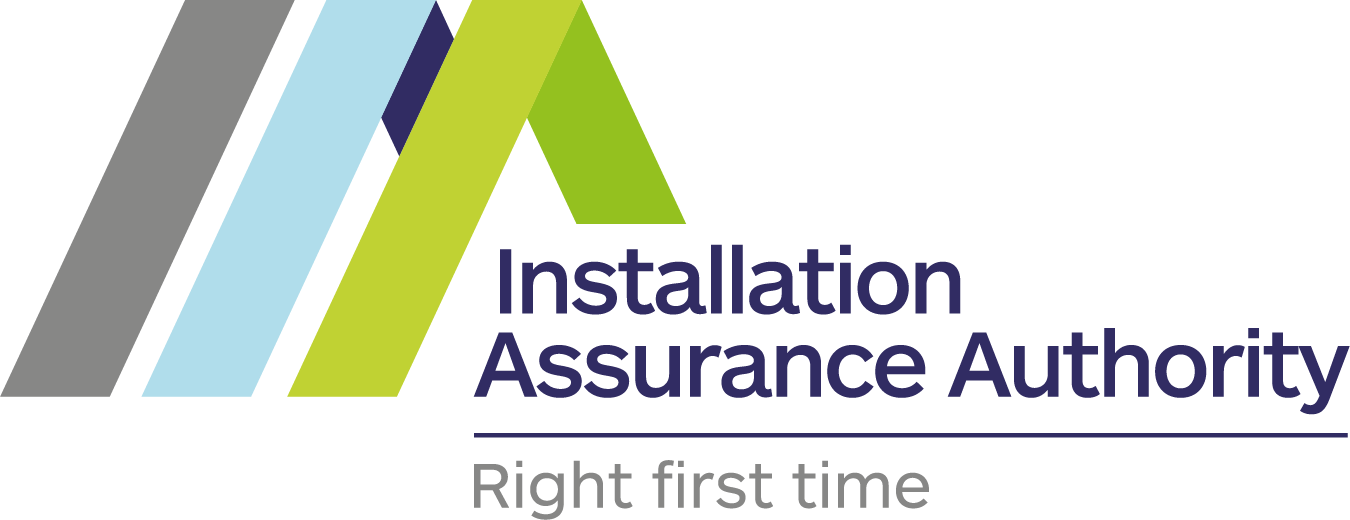Ill health due to a cold home
It is estimated that NHS admissions due to excess cold result in over seven hundred thousand patients in the NHS annually, and if we mitigated this the payback to the NHS would be over £540 million annually. The resident would also benefit from a reduction in energy bills, and we would all benefit from the reduction in carbon emissions.
- Health issues that can be caused or worsened by a cold home include:
- Worsening chronic obstructive pulmonary disease (COPD)
- Increased difficulty with arthritis
- Increased risk of stroke or heart attack
- Increased risk of depression
A key finding from this report is that we must invest in our future now. It can be hard to look ahead to a long-term return, especially during a cost of living crisis, but can we really put a price on our health? And if we have to make these changes at some point, let's look to put them in place as soon as possible so we reap the benefits sooner.
How can you improve your home?
Insulation
Insulation can reduce energy consumption by up to 25%. There are many options available today, including but not limited to cavity wall, external wall, internal wall, underfloor, and roof insulation.
Grants and funding
You may be entitled to a grant, and you can find out more about this and the opportunities available on the government website.
Contact your MP
Write to your local MP and share the report with them, pointing out the direct quote below:
"The data in this report suggests that, given the direct savings to the NHS, let alone wider benefits, there is a strong case for government investment in the improvements required to mitigate Category 1 hazards."
Use a trusted installer
Use an IAA member installer to ensure best practice is followed and the correct materials are used. An IAA member will also be able to provide a guarantee for work carried out.
You can read the report for yourself on the BRE website.
